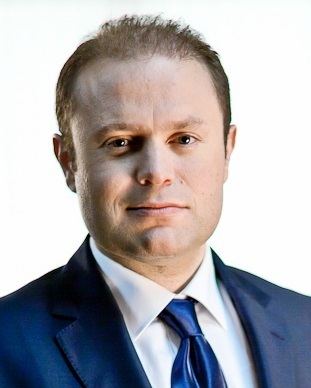6 June 2008 4 May 2013 39 seats, 54.83% 30 seats, 43.34% 38 29 Date 20 June 2018 | 4 May 2013 4 June 2016 30 seats, 43.34% New 29 1 Location Malta | |
 | ||
The next Maltese general election must be held not later than Saturday, 20 June 2018. The Labour government of prime minister Joseph Muscat, elected in 2013, is expected to face the Nationalist Party of opposition leader Simon Busuttil and four other parties. This election will have the most parties fielding candidates since 1962.
Contents
Background
The last Maltese general election was held on Saturday, 9 March 2013. The Labour Party, led by Joseph Muscat, defeated the incumbent Nationalist Party of prime minister Lawrence Gonzi. Labour scored a landslide victory, taking 39 seats in the House of Representatives, against 30 for the Nationalist Party. Muscat was sworn in as the new prime minister two days later, on 11 March. Lawrence Gonzi subsequently stepped down as leader of the Nationalists, with Simon Busuttil taking his place on 13 May. As of 2016, Busuttil will likely serve as the Nationalist candidate for PM in the next elections.
Participating parties
The Maltese political landscape is regarded as one of the most pure two-party systems of the 21st century, and has been dominated by moderate centre-left and centre-right groups for decades; no third parties have elected MPs since the 1962 election. Six parties are expected to field candidates in the 2018 election, the first time since 1962 that Maltese voters will have that many parties on the ballot:
Electoral system
The Maltese voting system is a variant of proportional representation, achieved through the use of the single transferable vote, with five MPs to be returned from each of thirteen districts. Overall, there are 65 constituency seats, with a variable number of at-large seats added to ensure that the overall first-preference votes are reflected in the composition of the House of Representatives.
